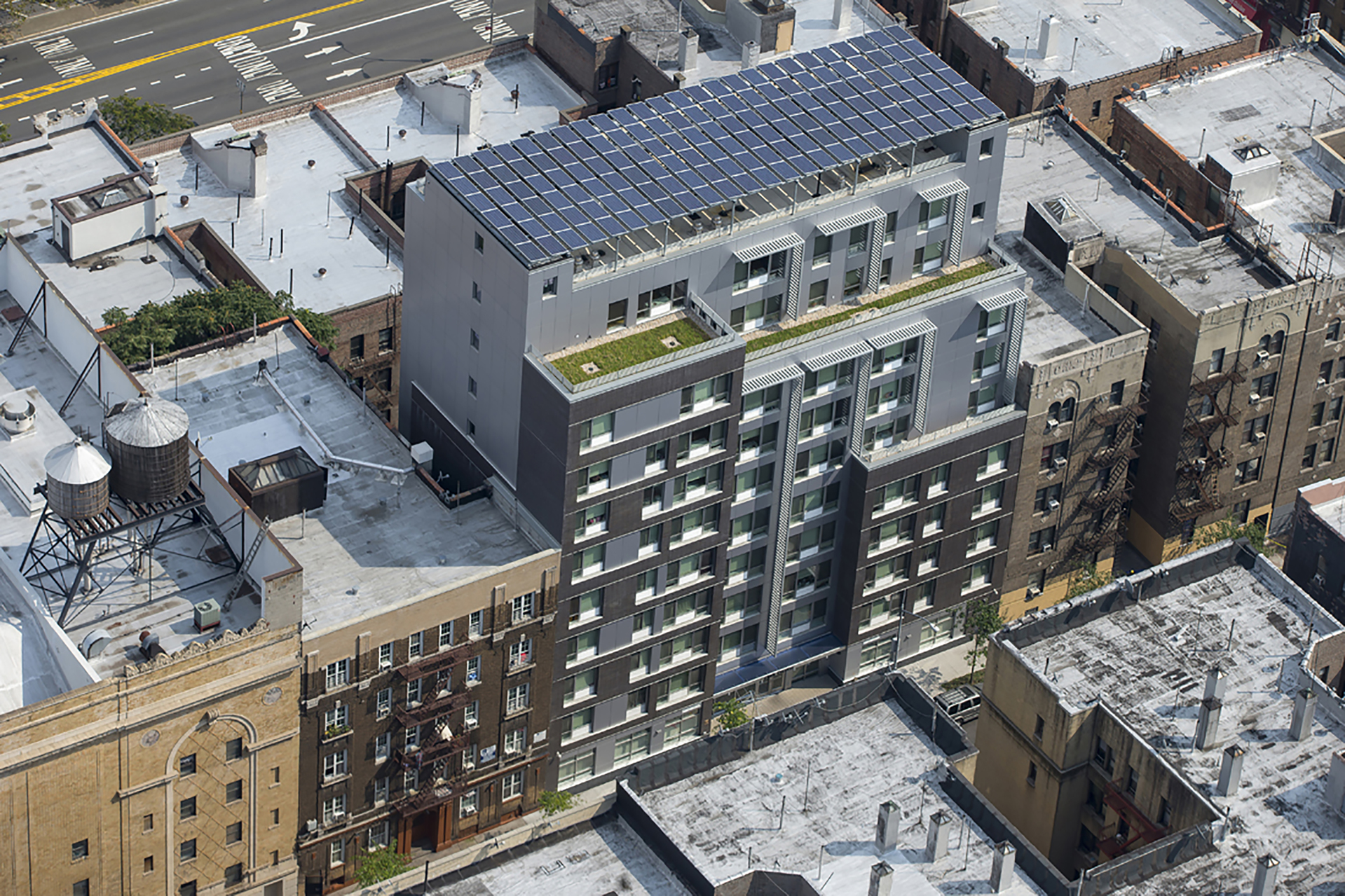ding
Confront reality
- Oct 25, 2016
- 120,149
- 21,303
You can see the threshold for extensive northern hemisphere continental glaciation from oxygen isotope data. It's between 1 to 2C cooler than today. It's not much.What's the threshold?
Follow along with the video below to see how to install our site as a web app on your home screen.
Note: This feature may not be available in some browsers.
You can see the threshold for extensive northern hemisphere continental glaciation from oxygen isotope data. It's between 1 to 2C cooler than today. It's not much.What's the threshold?
When are you going to teach me what happens because of the much lower albedo of the panels?

You can see the threshold for extensive northern hemisphere continental glaciation from oxygen isotope data. It's between 1 to 2C cooler than today. It's not much.
View attachment 694501
The lower albedo led to photons being captured. The net effect is a reduction in radiated heat. Which is why daytime and night time temperatures were incrementally cooler at the six solar farms. You don't need math to see incrementally cooler temperatures. The math explains why or at least what we think is why. But the net is actually measured. And the net says converting photons into electricity outweighed any incremental infrared from albedo. .Right. But what happens to the extra heat retained because of the lower albedo?
You're not forgetting the entire equation again, are you? Your math is really weak.
Here's a list of standard material albedos:

(SOURCE)
An estimate of a solar farm's mean albedo works out to about 0.23 (HERE). So the albedo is still in the range of "sand" (assuming one is putting the solar farm on a sandy surface like near a desert which may be just a bit higher in albedo vide supra.) and it is almost exactly that of green grass.
Not sure if albedo is going to be as large a factor here as one may assume, but I am not an expert in this area.
You can see the threshold for extensive northern hemisphere continental glaciation from oxygen isotope data. It's between 1 to 2C cooler than today. It's not much.
View attachment 694501
Thanks for the link.
An estimate of a solar farm's mean albedo works out to about 0.23
Not the farm, the panel.
Stop being silly. It's transitioning from one energy source that doesn't capture solar radiation to another energy source that does capture solar radiation that is responsible for the incremental cooling on a regional basis. Waste heat is the same for all cases. Not sure why you can't understand this. Several other posters have seen it.So we'd have to generate a lot of solar power in the Northern hemisphere and ship it to the Southern hemishere?
The lower albedo led to photons being captured. The net effect is a reduction in radiated heat. Which is why daytime and night time temperatures were incrementally cooler at the six solar farms. You don't need math to see incrementally cooler temperatures. The math explains why or at least what we think is why. But the net is actually measured. And the net says converting photons into electricity outweighed any incremental infrared from albedo. .
But again... you are arguing with something you already acknowledged.
It's transitioning from one energy source that doesn't capture solar radiation to another energy source that does capture solar radiation that is responsible for the incremental cooling on a regional basis.
You are all over the map. You aren't making any sense. Try again.The lower albedo led to photons being captured.
I know. Captured instead of reflected back to space.
That's a net warming effect for the planet.
More warming than any possible localized cooling.
You don't need math to see incrementally cooler temperatures.
You need better math to see incrementally warmer global temperatures.
Your math seems to be broken
And the net says converting photons into electricity outweighed any incremental infrared from albedo.
You're violating the FLoT again.
Not yet they aren't. Replace all fossil fuels with solar and get back to me.Solar panels aren't cooling the planet on a regional basis.
And why do you keep bringing up transition?
That wasn't your original claim.
What if we switched to solar AND Geico??10,000 square miles. Yes, with just a fraction of roofs and buildings.
"22,000 square miles
Solar's abundance and potential throughout the United States is staggering: PV panels on just 22,000 square miles of the nation's total land area – about the size of Lake Michigan – could supply enough electricity to power the entire United States."

Quarterly Solar Industry Update
Each quarter, NREL conducts a presentation of technical trends within the solar industry.www.energy.gov
However, that does not include wind and hydro power already in existence. And we will certainly be building more wind.
You are all over the map. You aren't making any sense. Try again.
Now you are arguing against what you said earlier. Make up some more numbers to protect your pet technology, greenie.Your solar parcel absorbs 95% and reflects 5%.
Your bare desert absorbs 70% and reflects 30%.
Move the 20% of the power that is converted to electricity anywhere you want.
Net, the planet still has 25% more of the solar radiation raising the temperature.
Now you are arguing against what you said earlier. Make up some more numbers to protect your pet technology, greenie.
Sure, greenie.You're confused. Again.
And in ice stormsCoal works at night.
Whose? Link?Your solar parcel absorbs 95% and reflects 5%.